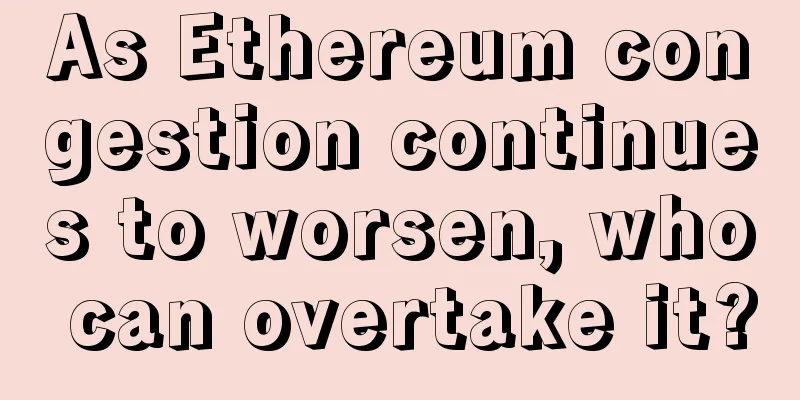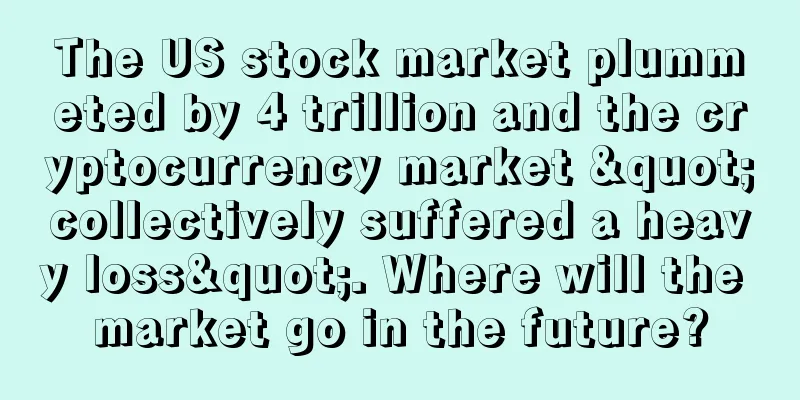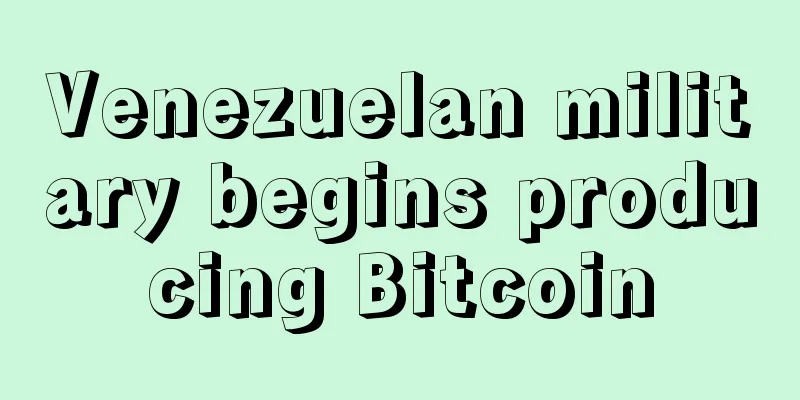As Ethereum congestion continues to worsen, who can overtake it?

|
Since the middle of this year, with the launch of liquidity mining, Yield Farming and other gameplay, the hot spot in the crypto market is none other than the DeFi sector. Ethereum, as the most prosperous public chain platform in the DeFi ecosystem, has continued to suffer from serious network congestion, and the gas fee has also risen accordingly. The author believes that before Ethereum officially enters the 2.0 era, the public chain track and Layer2 track are facing an important window period at this stage, which deserves attention and exploration. Ethereum’s congestion dilemma Users who have daily transaction needs on Ethereum will definitely notice that the recent network transfer costs and efficiency have almost changed to an astonishing level. According to the data of the block browser Etherscan, since the beginning of this year, excluding the two outliers in June and August, the Gas price has soared from the initial 12 Gwei to 108 Gwei (the average value of the past 30 days), a full 9 times increase. According to the author's calculation, if the unit is the fiat currency USDT, the average fee per transfer has increased from 0.08 USDT to 2.73 USDT (the average value of the past 30 days), an increase of 34 times. Such a high transfer cost has become a point that every user cannot ignore. At the same time, in June this year, the community voted to pass a proposal to increase the Gas Limit by 25%, which increased the network throughput from 35 transactions per second to about 44 transactions. However, due to the increase in transfer demand, the Gas Used/Gas Limit is still increasing. The current utilization rate has reached 97%, with only 3% space from the upper limit. Data source: Etherscan, chart: Cointelegraph Chinese
Data source: ethgasstation.info, chart: Cointelegraph Chinese
Competition in the public chain track The era when the public chain track was really surging seems to have to go back to 2018, when there were many narratives such as "better Ethereum", with keywords including TPS, expansion, consensus mechanism, etc. Today, similar problems with Ethereum still exist, but some public chains have developed well. If you want to find a platform with faster transaction speed and lower cost than Ethereum and Bitcoin, there are actually many alternatives. The stable currency USDT is the best example. The networks that currently support its transfer transactions include: Bitcoin Omni, Ethereum, Tron, EOS, Algorand, Liquid, BCH and OMG Network, among which the Tron version of USDT, thanks to the low to zero handling fees and the support of major trading platforms, has reached a scale of 2.88 billion US dollars, accounting for 28% of the total, and the number of transfers is comparable to that of Ethereum. The above examples are intended to reflect one point: the public chain track not only emphasizes innovation and progress at the technical level, but also equally important or even more important is the promotion of the market and ecology. When we pay attention to potential opportunities in this direction, we must consider it comprehensively from multiple angles and clarify the market pain points and opportunities at each stage. The current congestion on Ethereum has increased and transaction fees have soared, so the public chain in contrast is definitely worthy of attention. Source: Tokenview Players in the Layer2 track Similarly, whenever Ethereum enters a congestion dilemma, there will be endless talk about Layer2 (second layer solution). Recently, some DeFi platforms such as Uniswap and Compound have revealed the idea of moving to the Layer2 network, and Vitalik Buterin has also made similar suggestions. According to the review of public information, there are currently 6 main types of Layer 2 technology: State Channel, Sidechain, Plasma, ZK Rollup, Optimistic Rollup and Validium. Graphics: Cointelegraph Chinese State Channel: Inspired by Bitcoin's Lightning Network, this technology achieves expansion through off-chain transactions, and has better performance and usability. Representative projects: Celer Network and Raiden Network. Sidechain: A blockchain that is independent of the main chain, has its own validators and operators, and can transfer assets to and from the main chain. Representative projects: Skale Network and POA Network. Plasma: A non-custodial sidechain technology that is more secure than regular sidechains. If any error occurs in the Plasma chain, users can safely exit the Plasma chain. Representative projects: OMG Network and Matic Network. ZK Rollup: A branch based on Plasma. It compresses and stores the user status on the chain in a Merkle tree, and transfers the changes of the user status to the off-chain. At the same time, it uses zkSNARK zero-knowledge proof to ensure the correctness of the change process, which has the highest security. Representative projects: Loopring and zkSync. Optimistic Rollup: It is also a branch based on Plasma. It uses similar rollup technology to increase network throughput by calculating state updates. Its security is slightly lower than that of ZK Rollup. Representative projects: Optimism and Unipig. Validium: Very similar to zkRollup, the only difference is that the data availability in zkRollup exists on-chain, while Validium makes it off-chain. Validium has the best performance, but sacrifices a certain degree of security. Representative project StarkEx. Different Layer 2 solutions have their own advantages. Although they cannot fully meet all requirements, they can basically perform well in one or several dimensions. When considering Layer 2 for a project, you can choose the most appropriate solution based on the priority of your needs. Conclusion ETH 2.0 will eventually arrive, and will gradually evolve into an increasingly excellent underlying smart contract platform in a phased manner. It can be said that other public chains and Layer2 solutions are currently facing a critical period. Whether they can seize opportunities and increase market share will largely determine their future development. After all, the law of any market is the survival of the fittest, and the flourishing of a hundred flowers may also be short-lived. |
>>: ETC suffered three 51% attacks in August. Is computing power a flaw?
Recommend
What does it mean if the phoenix eye pattern is not sealed? It's actually very understandable
Anyone who knows a little about phoenix eye patter...
Are women with crescent eyebrows good? They are sensitive and can bring happiness to others.
What does a woman’s crescent eyebrow look like? C...
This round of bull market is precocious: March 2024 is a false start, and it may really start in January 2025
Yesterday [ July 9th Teaching Chain Insider: Mult...
The face of a man who studies hard at home during the Spring Festival holiday
Logically speaking, a holiday should be like a ho...
Dr. Zheng: How to tell whether a woman has a good fate
How can we tell whether a woman has a good fate? ...
What does it mean when a mole suddenly grows between the eyebrows?
According to traditional sayings, a mole between ...
The Mole of Misery Sees Your Past and Present Life
The Mole of Misery Sees Your Past and Present Lif...
PwC Research Report: Banks should not blindly pursue blockchain
According to a recent report released by Big Four...
Why should eyes be long and beautiful? Will this kind of eyes have a bright future?
We all know that by looking at a person's eye...
The ten-year history of mining industry (Part 2) - Mining machines will eventually come to an end, but mining will last forever
Let’s go back to the story in 2013 in the previou...
What does black birthmark mean?
In birthmark fortune-telling, people like to link...
Bitcoin Magazine's Top 6 Technology Trends for 2016
Rage Review : 2016 was a year of rapid developmen...
Palmistry Characteristics of Good Fortune
Palmistry: Characteristics of Good Fortune Someti...
Wisdom line has island pattern
The wisdom line is the main line in our palm line...
Bitcoin miners wait for refurbished mining equipment
According to a recent Bloomberg report Report , m...









